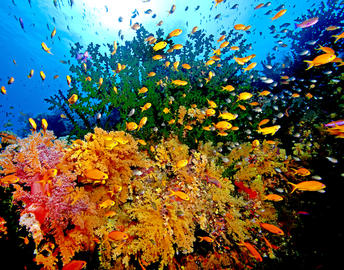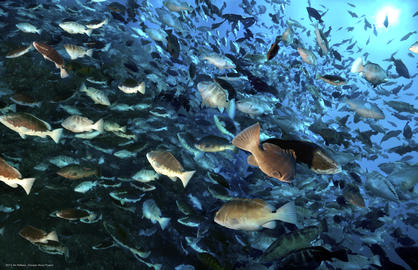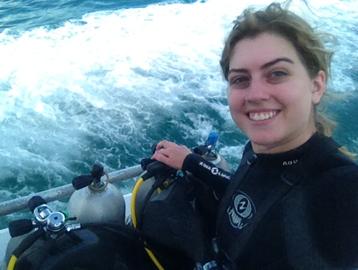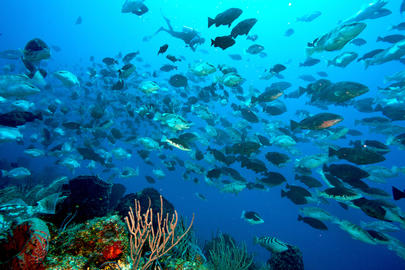Thank you to everyone who spread the word about marine conservation this month… 554 new members signed up. Let’s try to make it 600 by March 31st, which is the last day to enter to win a free wetsuit.
Have a friend join REEF, and you will both be entered to win. If you are already a member, have your friend enter your name when they join by choosing "Other" under “How did you hear about REEF?” Good luck to everyone!








